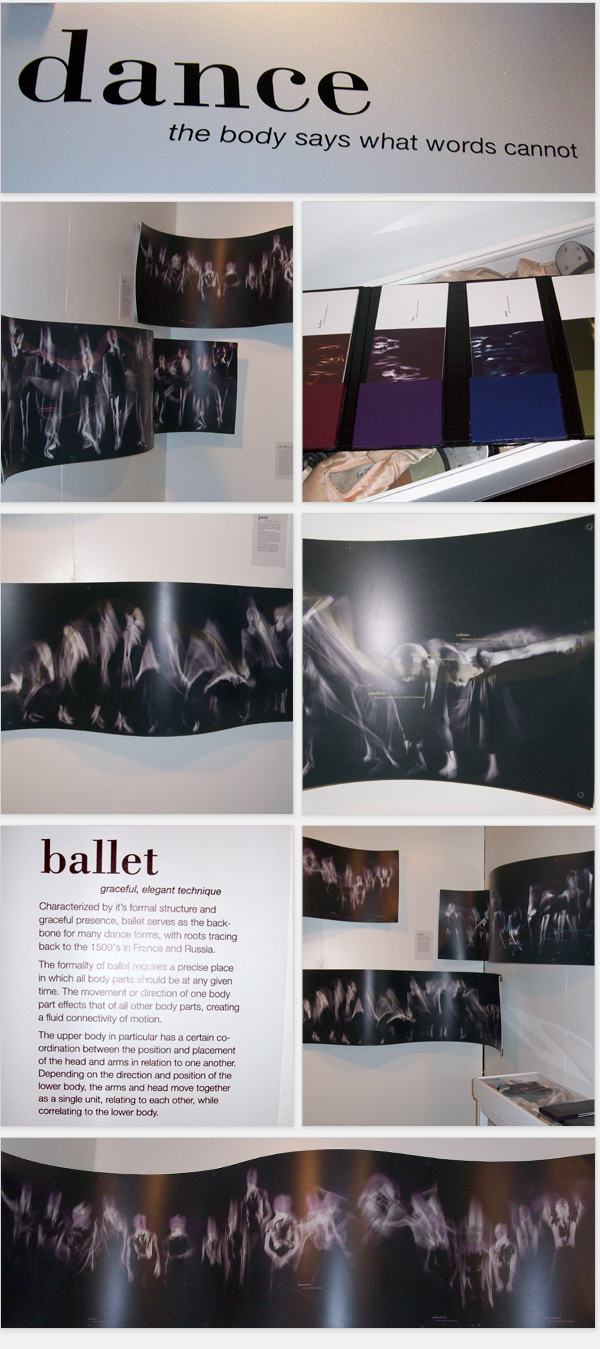
Dance: The Body Says What Words Cannot
Every body dances. From our first steps until our last days, we find a compulsion to move our bodies in response to the beat of music. We dance in different ways for different reasons to communicate through movement. We dance, not just with our bodies, but from our hearts. We pour out love and hate, joy and sorrow; appeal to the spirits, gods, and nature; flirt, seduce, court; celebrate birth, death, and everything in between.
Human beings have always danced. Pre-historic tribes around the world left pictures on rocks and in caves depicting body movement as part of rituals. Carvings in Indian and Asian temples show dancing as part of the religious ceremonies that took place there. Paintings and sculptures from the Egyptians, Greeks and Romans portray many different ways in which ancient people danced - to celebrate a good harvest or victory in a battle, to honor the birth or death of a ruler, or to entertain the guests at a party.
We all learn to dance in our own way, whether by imitation or instruction. Dance is an expressive form of thinking, sensing, feeling and moving. It is an artistic form of non-verbal communication in which the performer uses his or her body to express emotion and provide meaning. Over time, the reason and purpose for dance has evolved, affected by cultural and societal influences, such as the economy, politics, or music trend of the time.
Since age 4, I have been completely consumed by dance; amazed by its ability to take over my mind and take control of my body. Dance is a distraction from everyday life - play some music, put on my dancing shoes and away I go into an atmosphere far away from troubles and concerns. Whether it is classical ballroom dance with a partner, a ballet solo, or even a basketball game halftime hip-hop show, the dancer is completely focused on his or her body, the music, and how these two components interact to create a beautiful collaboration.


